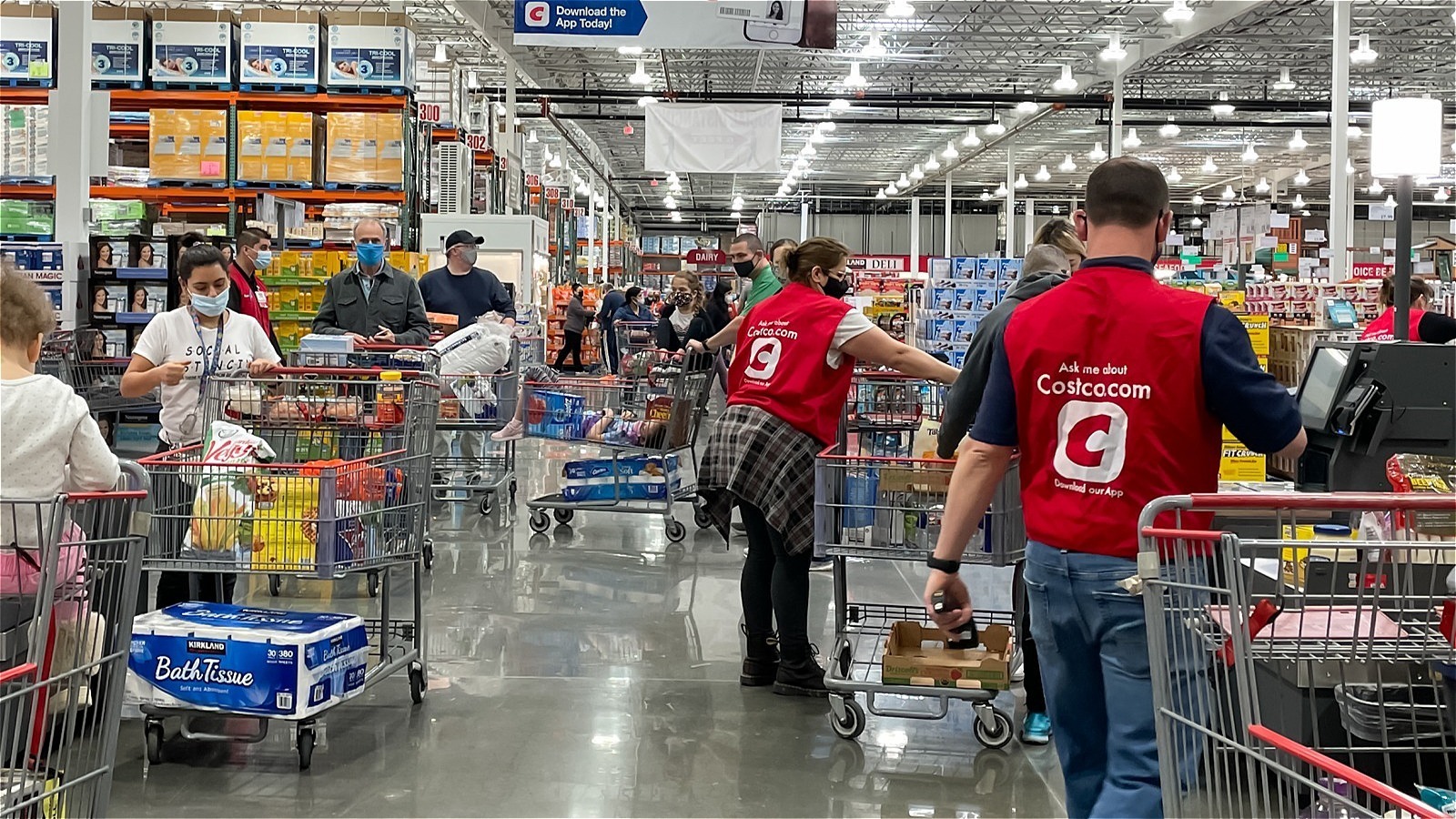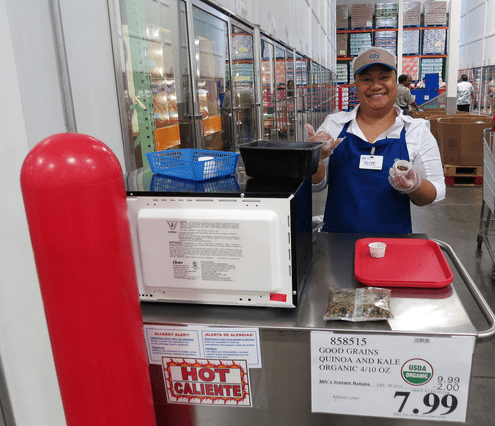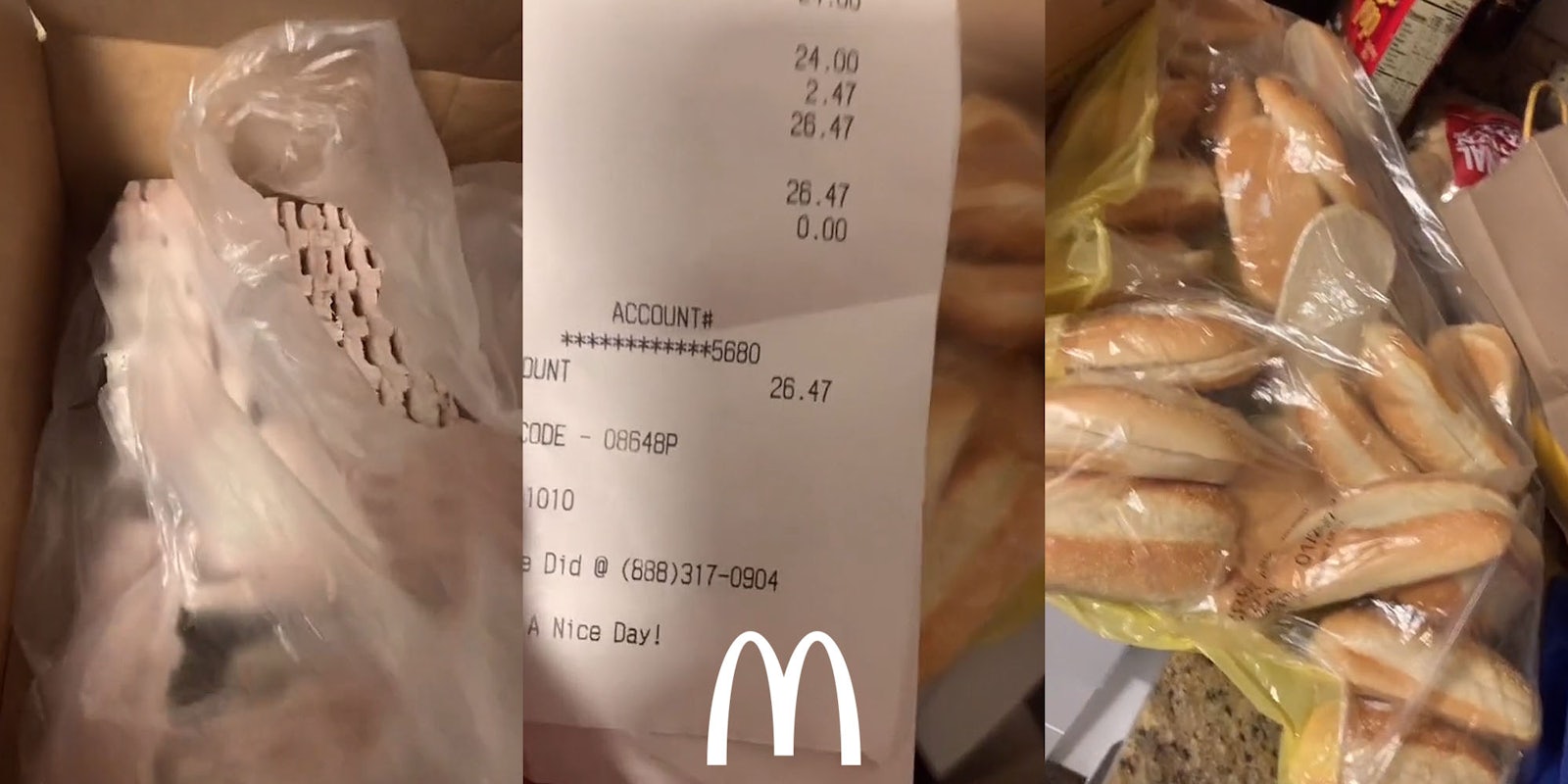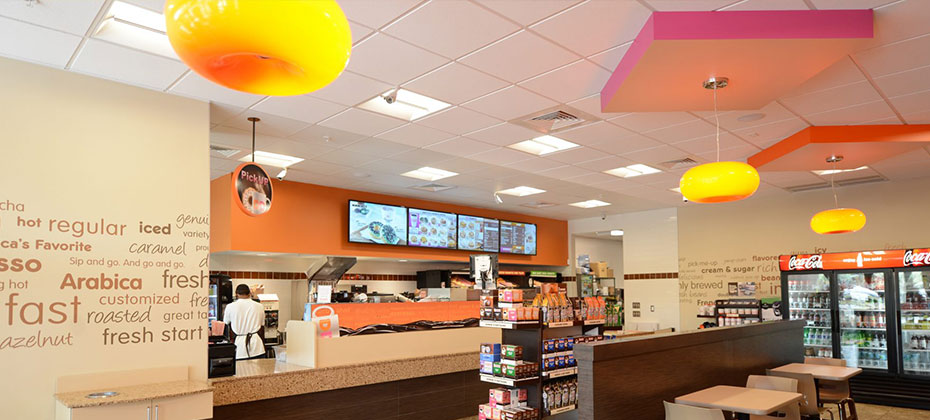It’s shocking but true: you can get permanently banned from Sephora.
If you’re an avid beauty enthusiast, this might come as a surprise.
Former Sephora manager Jennie Pham took to TikTok to reveal the ins and outs of this policy, shedding light on why some customers are finding themselves blacklisted from returns.
The Rise of the Beauty Industry
Growth and Trends

The beauty industry has seen exponential growth in recent years.
In 2015, it was worth around $300 billion.
By 2027, it’s projected to double, reaching approximately $600 billion according to McKinsey.
This surge is driven by a blend of innovation in product offerings and a growing consumer base.
Premium beauty products are at the forefront of this expansion, with McKinsey predicting an 8% annual growth rate in this segment.
This growth is not just limited to high-end brands; even mid-tier and drugstore products are seeing increased demand.
E-commerce has played a significant role, expected to grow by 12% per year between 2022 and 2027.
However, traditional retail channels are also rebounding post-pandemic as customers enjoy the omnichannel shopping experience, combining the convenience of online shopping with the tactile satisfaction of in-store purchases.
The Sephora Experience
Customer Attraction
Sephora has mastered the balance between e-commerce and brick-and-mortar stores, offering a premium shopping experience.
Their wide product range and quick shipping options make them a go-to destination for beauty products.
Their ability to ship usually restricted items, like fragrances, is particularly appealing to customers.
But what truly sets Sephora apart is their in-store experience.
Customers can test products before purchasing, which is crucial for items like foundation and lipstick.
This “try it before you buy it” model is a significant draw.
Imagine being able to swatch a $46 Dior lipstick before committing to the purchase.
This hands-on approach helps customers make informed decisions, enhancing their overall shopping experience.
Try Before You Buy
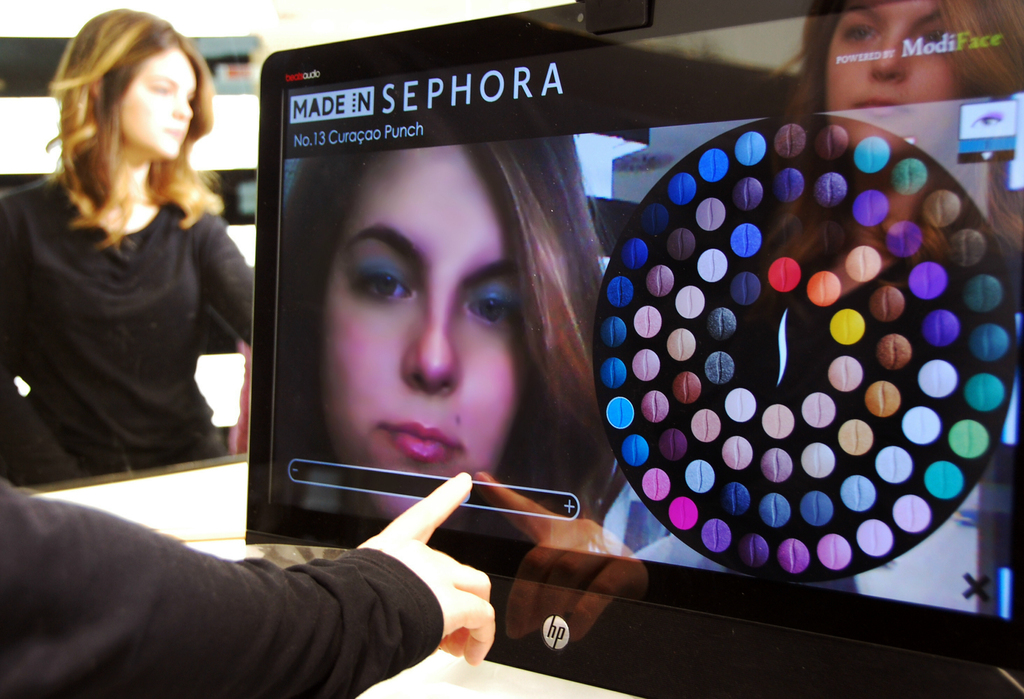
The tactile experience at Sephora is a major factor in its popularity.
Many customers hear about new products online but need to see, touch, and smell them in person to decide if they’re worth the investment.
This sensory engagement is like a test drive for makeup.
Swatching a new lip color, testing a foundation match, or smelling a new perfume can make all the difference.
Sephora’s in-store testers provide this essential service, helping customers feel confident in their purchases.
For many, this hands-on experience is invaluable.
It bridges the gap between online hype and personal preference, ensuring customers walk away satisfied with their choices.
Sephora’s Return Policy
Policy Evolution
Sephora’s return policy has evolved over the years.
Before the pandemic, it was one of the most lenient in the industry, allowing returns up to a year after purchase.
However, this policy has since tightened, reflecting changes in customer behavior and economic conditions.
Today, customers can return products within 30 days for a full refund.
Returns made between 31 and 60 days receive online credit.
This policy is designed to be both fair and manageable for the company.
However, the policy’s clarity hasn’t stopped some customers from taking advantage of it.
This has led to stricter enforcement measures, particularly for frequent returners.
Understanding these guidelines helps customers navigate their shopping experiences more effectively, ensuring they stay within the boundaries set by Sephora.
The Ban: Understanding Sephora’s Enforcement
Jennie Pham’s Disclosure
Former Sephora manager Jennie Pham, known on TikTok as GreenEggsandGlam, recently went viral for exposing the details of Sephora’s return policy.
With over 200,000 followers, her revelations caught the attention of many beauty enthusiasts.
Pham confirmed that customers could be banned for excessive returns, stating, “If you return more than $2,500 of product in the last calendar year, you will get banned.”
This limit is strictly enforced, making it crucial for frequent returners to be mindful of their return habits.
Her video has sparked widespread discussion, highlighting both the strictness and the necessity of such policies in a retail environment where abuse can be prevalent.
Customer Reactions and Stories
The response to Jennie’s TikTok was mixed.
Some viewers felt the policy was harsh, while others understood the need for such measures.
One commenter noted, “$2,500 is not a lot considering every item is at least $100,” emphasizing how quickly return amounts can add up.
Another viewer was more critical, stating, “I mean I worry about my $10 returns but $2,500 in a year?!? That’s A LOT of returns.”
These varying perspectives illustrate the diverse customer base Sephora serves.
Additionally, former employees shared their experiences with return abuse.
One recounted a customer who filled expensive product containers with cheap alternatives before returning them, underscoring the need for stricter policies.
Environmental Impact of Returns
Hazardous Waste

One of the most controversial aspects of Sephora’s return policy is the fate of returned products.
According to Jennie Pham, returned items are not reshelved but destroyed.
She explained, “Every return, if it’s touched or damaged or the seal is broken, the item is destroyed,” highlighting concerns over product safety.
This process involves hazardous materials protocols, ensuring that returned products do not pose a risk to consumers.
However, this also means a significant amount of waste is generated, raising environmental concerns.
Understanding this process sheds light on the complexity of managing returns in the beauty industry, where safety and hygiene are paramount.
Environmental Concerns
The destruction of returned products is not just a safety measure; it’s an environmental issue.
The waste generated from these returns contributes to larger environmental problems, particularly given the volume of products involved.
Pham’s revelations have sparked debates on sustainable practices within the beauty industry.
Many consumers are now calling for more environmentally friendly solutions, such as donating unused products to those in need.
As the industry continues to grow, finding a balance between safety, sustainability, and customer satisfaction will be crucial for retailers like Sephora.
Comparison with Ulta’s Policy
Ulta’s Return Policy

Jennie Pham also shared her experience working at Ulta, a major competitor of Sephora.
According to her, Ulta has a more lenient return policy, which she found to be more customer-friendly.
Ulta’s return policy states that customers can return products for a full refund or exchange within 60 days of purchase, as long as they have the original receipt.
If the receipt is missing, customers can receive in-store credit for the lowest selling price of the item during the past 90 days.
Impact of Return Policies on Customer Satisfaction

Return policies significantly impact customer satisfaction.
While Sephora’s stricter policy may prevent abuse, it can also deter some customers.
Conversely, Ulta emphasizes making the return process “beautifully simple,” reflecting their commitment to customer satisfaction.
This philosophy can enhance customer loyalty but also requires measures to prevent misuse.
Customers often weigh these policies when deciding where to shop.
Those who prioritize flexibility may prefer Ulta, while those who appreciate structure might stick with Sephora.
Balancing these factors is a constant challenge for retailers aiming to maintain both profitability and customer loyalty.
The Workaround: How Customers Bypass the Ban
Creating New Accounts

Despite Sephora’s stringent policies, some customers find ways to bypass the ban.
Jennie Pham highlighted a common workaround: creating new accounts with different emails and phone numbers.
This simple tactic allows banned customers to continue returning products under a new identity.
This workaround points to the challenges retailers face in enforcing return policies.
While it’s easy for customers to exploit these loopholes, it complicates the retailer’s efforts to maintain fair practices.
Understanding this workaround helps highlight the ongoing battle between retailers and consumers over return policies.
Ethical Considerations
While creating new accounts might seem like an easy fix, it raises ethical questions.
Is it fair to exploit these loopholes?
What are the long-term impacts on both retailers and other customers?
These ethical considerations are important for consumers to ponder.
Returning products responsibly helps ensure that return policies remain fair and beneficial for everyone involved.
Encouraging responsible behavior is crucial for the sustainability of generous return policies in the long run.
Financial Implications for Sephora
Revenue Impact

Return policies have significant financial implications for retailers.
Sephora’s stricter policies are designed to minimize losses from excessive returns.
Each returned product represents a potential loss in revenue, especially if it cannot be resold.
By enforcing a $2,500 limit, Sephora aims to strike a balance between customer satisfaction and financial sustainability.
This approach helps manage the economic impact of returns on their bottom line.
Understanding these financial dynamics is crucial for appreciating why retailers implement such policies.
Cost of Returns
The cost of processing returns is not just about the lost sale.
It includes handling, restocking, and potential waste management.
For a retailer like Sephora, these costs can add up quickly, especially with high volumes of returns.
Strict return policies help mitigate these costs by discouraging frequent returns.
However, this can also impact customer relationships and overall brand perception.
Balancing these costs with customer satisfaction remains a key challenge for retailers in the beauty industry.
Expert Opinions
Economic Experts
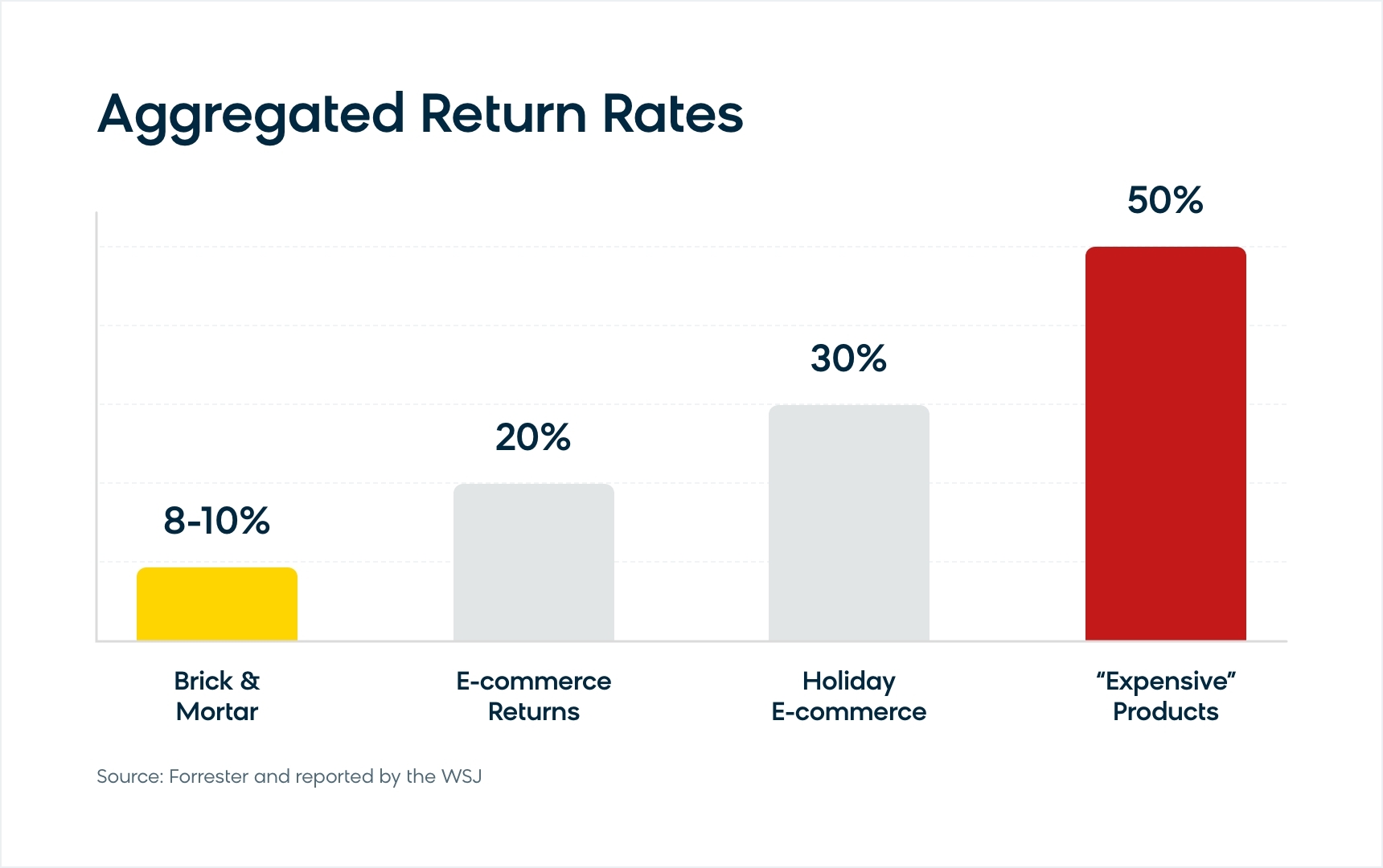
Industry analysts provide valuable insights into the sustainability of return policies.
They note that while generous policies can attract customers, they also pose significant financial risks.
Striking a balance is key for long-term success.
Experts suggest that retailers should continuously review and adjust their policies based on market trends and consumer behavior.
This adaptive approach helps manage both customer satisfaction and economic viability.
Understanding these expert perspectives offers a deeper appreciation of the complexities involved in managing return policies in the beauty industry.
Consumer Behavior Specialists

Consumer behavior specialists highlight how return policies influence shopping habits.
Lenient policies can encourage more purchases but also more returns.
Stricter policies might deter frequent returners but could impact overall sales.
These specialists recommend that retailers educate customers on responsible return practices.
Transparency in policies and their implications can foster better understanding and cooperation.
Balancing these behavioral insights with operational strategies is crucial for maintaining a healthy relationship between retailers and consumers.
Conclusion
Sephora’s return policy is a complex balancing act.
It aims to manage costs, prevent abuse, and maintain customer satisfaction.
Jennie Pham’s TikTok revelations shed light on the intricacies of these policies, sparking widespread discussion.
Understanding the financial and environmental impacts of returns, as well as comparing policies with competitors, helps consumers make informed choices.
As the beauty industry continues to grow, finding sustainable solutions for handling returns will be crucial.
Ultimately, responsible purchasing and returning practices benefit both retailers and consumers.
Encouraging ethical behavior and transparency in policies can help ensure a fair and enjoyable shopping experience for all.










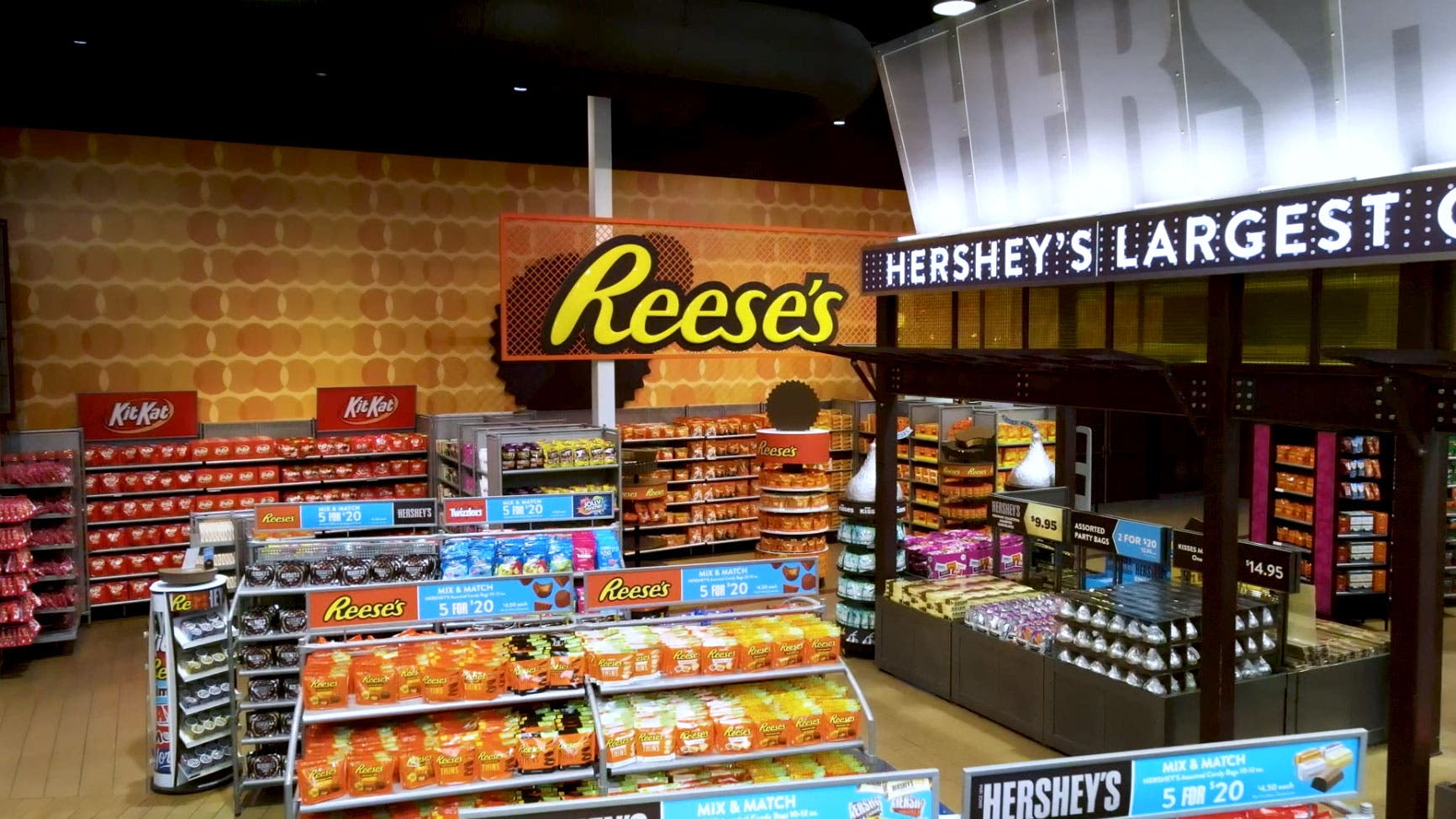





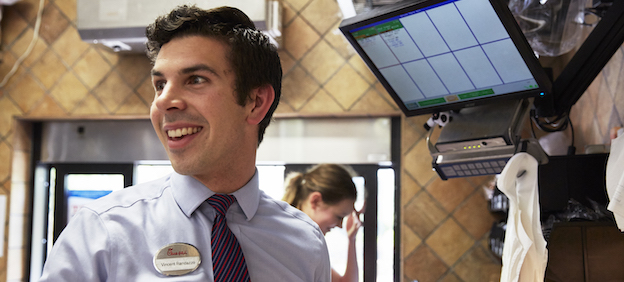


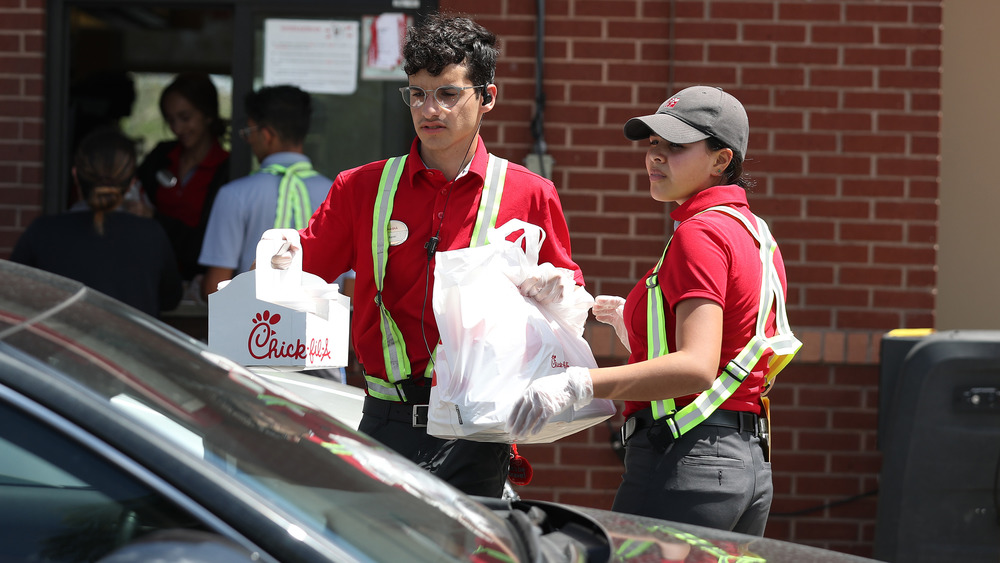
















:max_bytes(150000):strip_icc()/samples.jpg-2000-76a67d17857e4c8f957c32fcb96c0811.jpeg)





